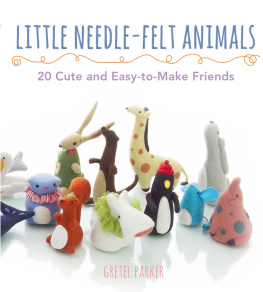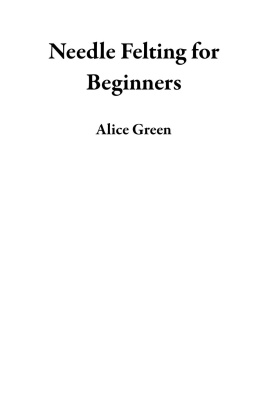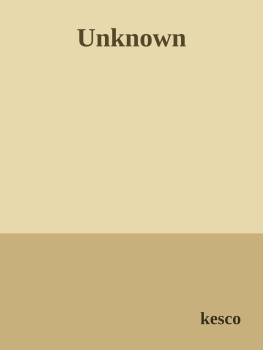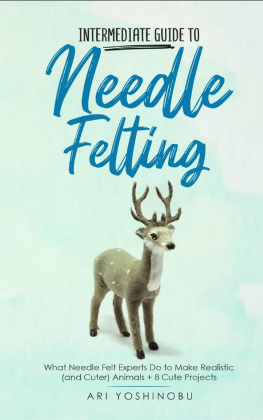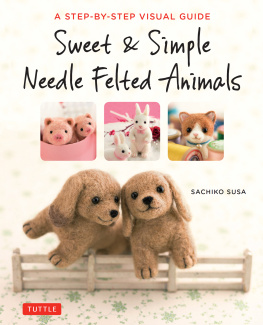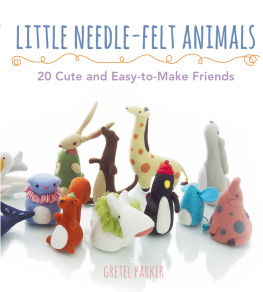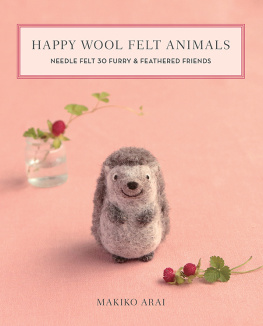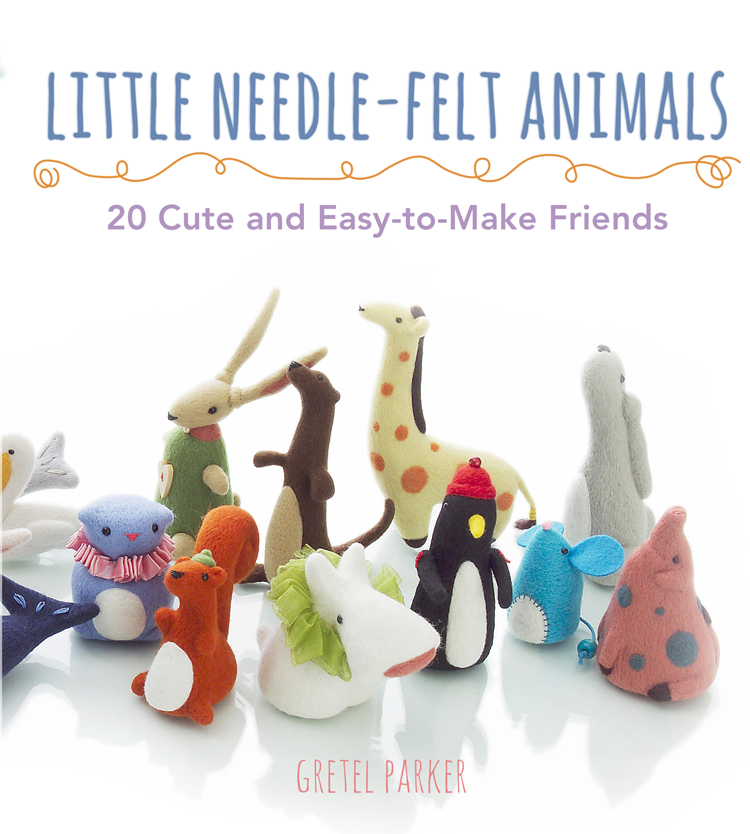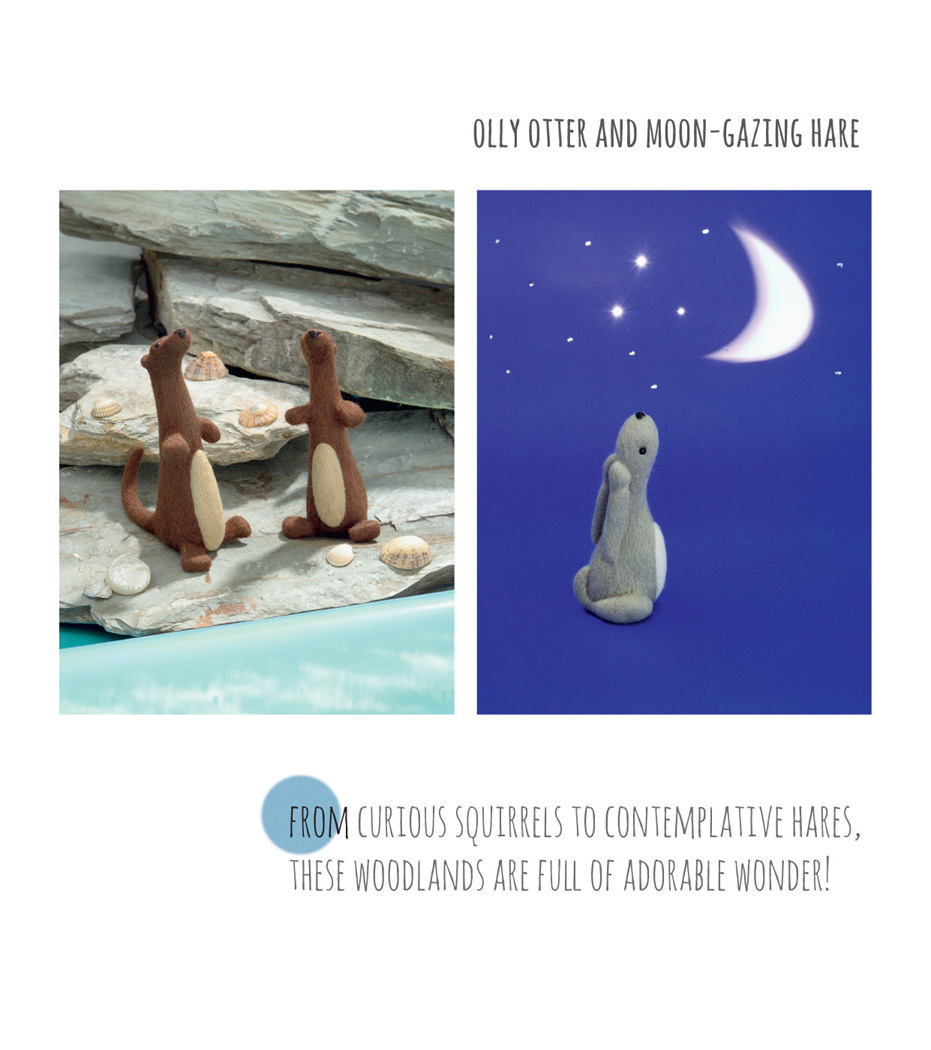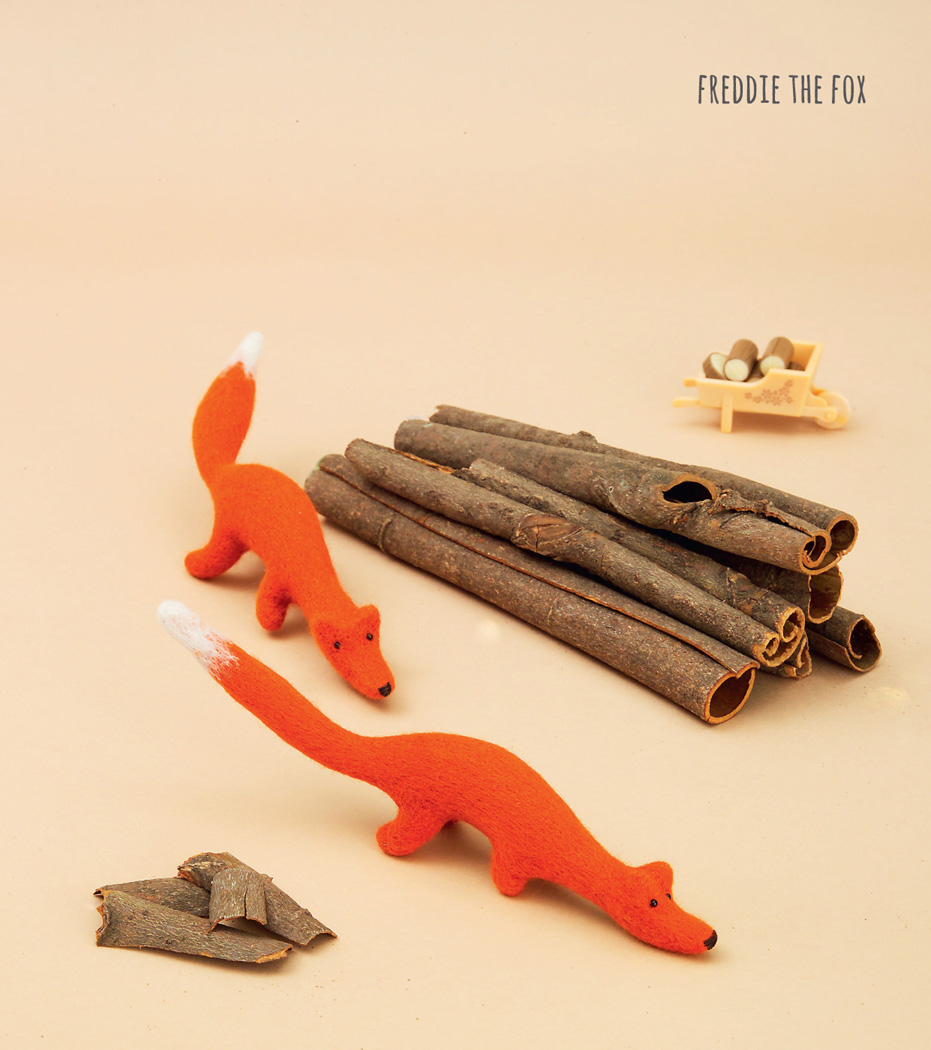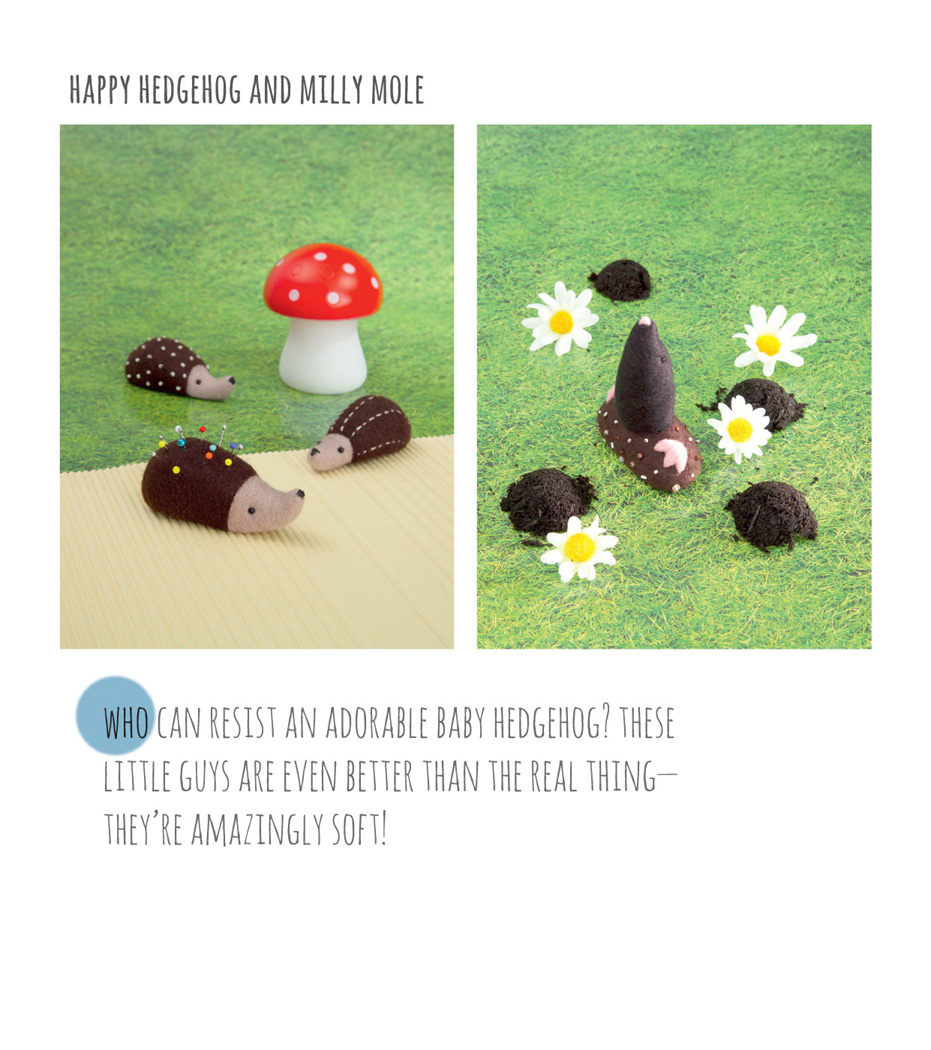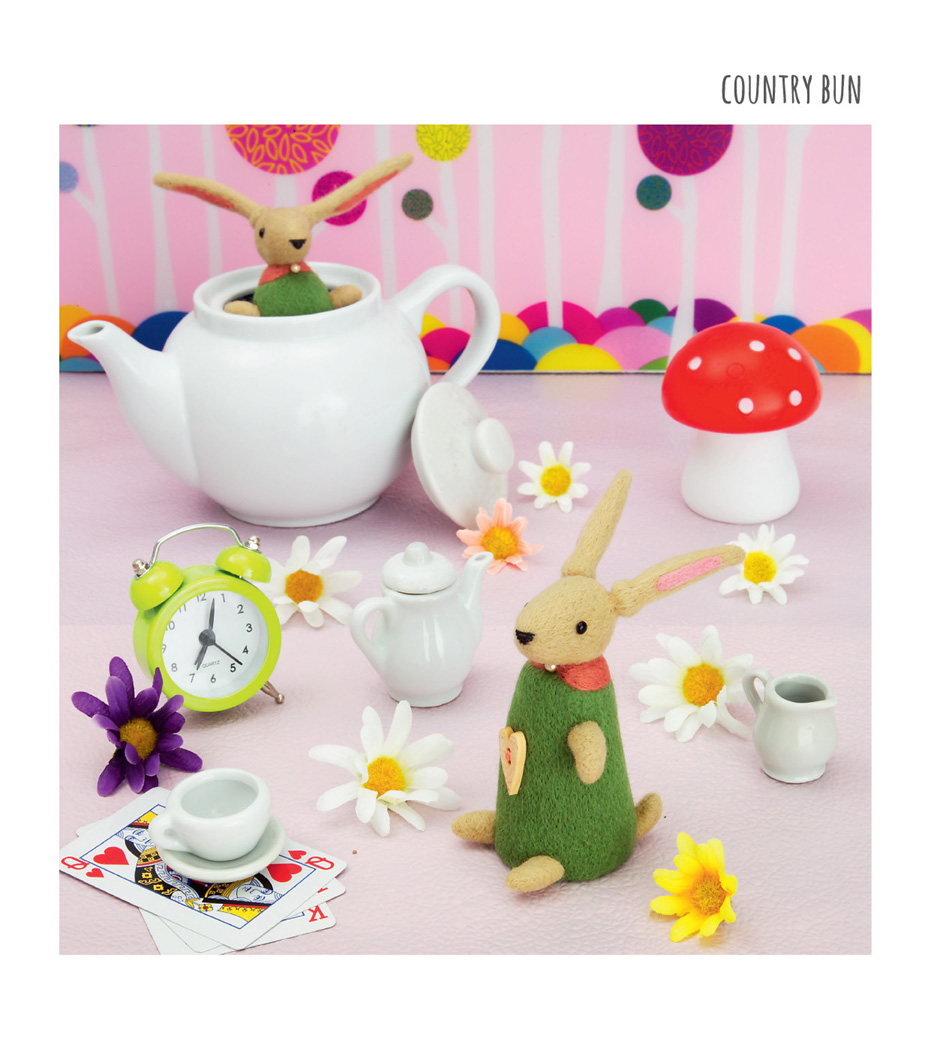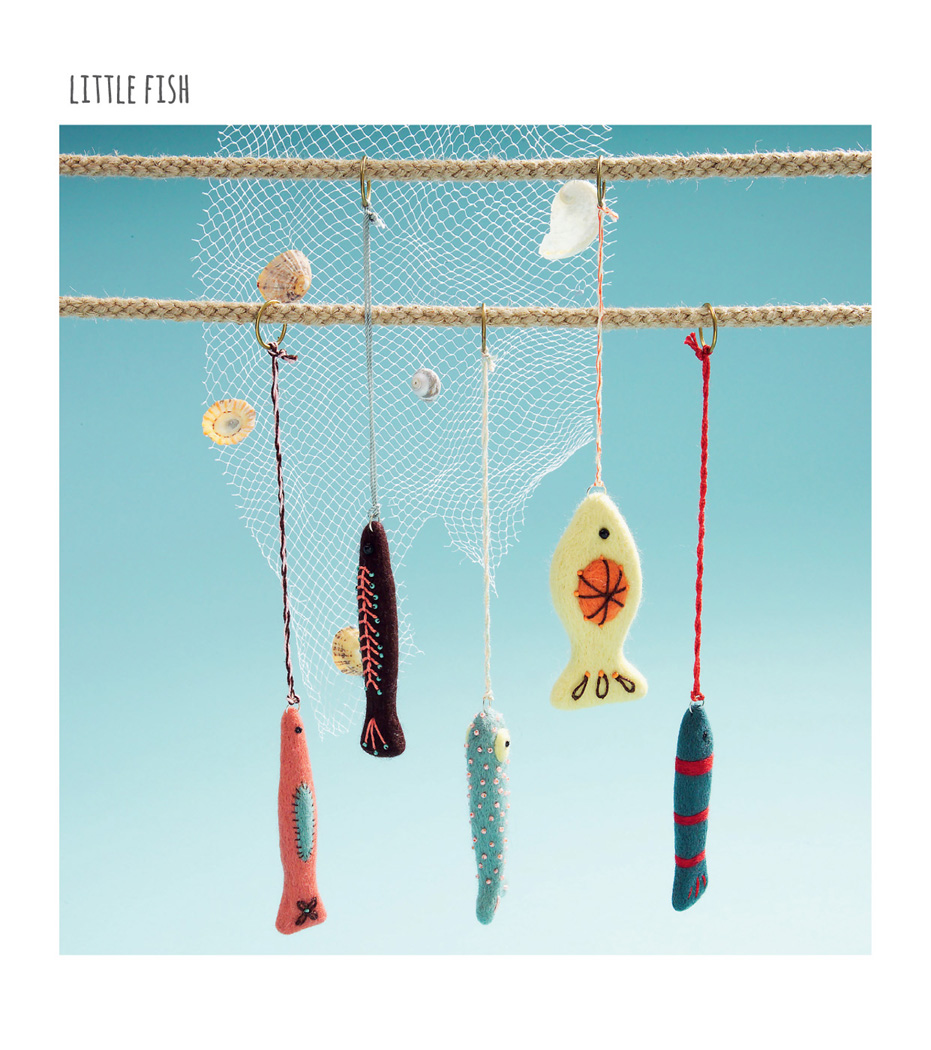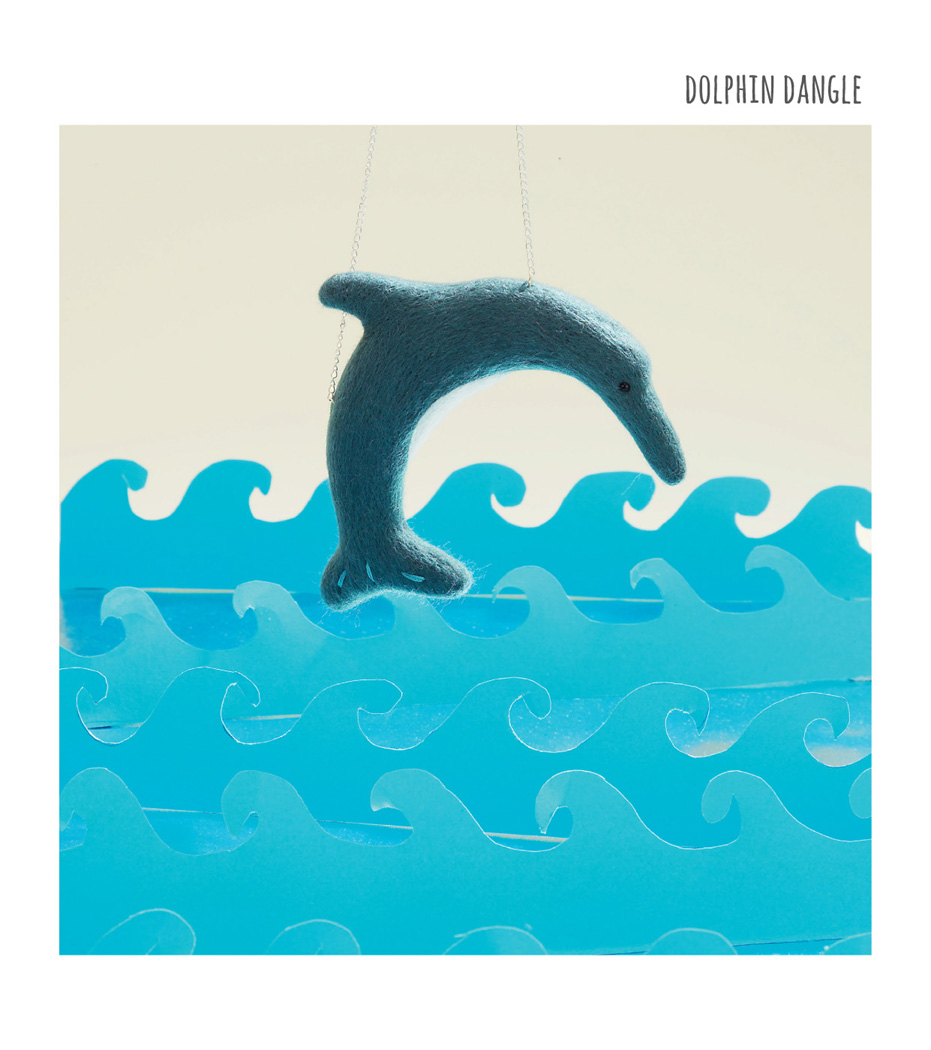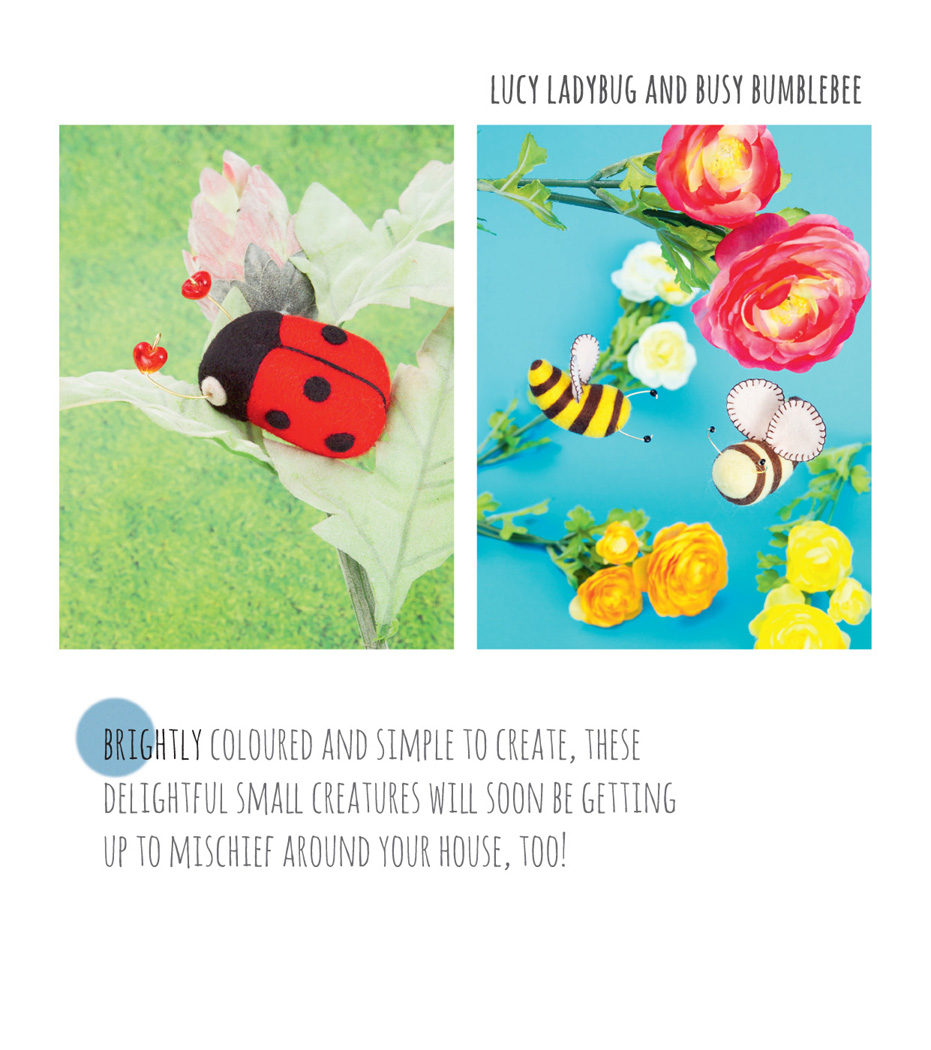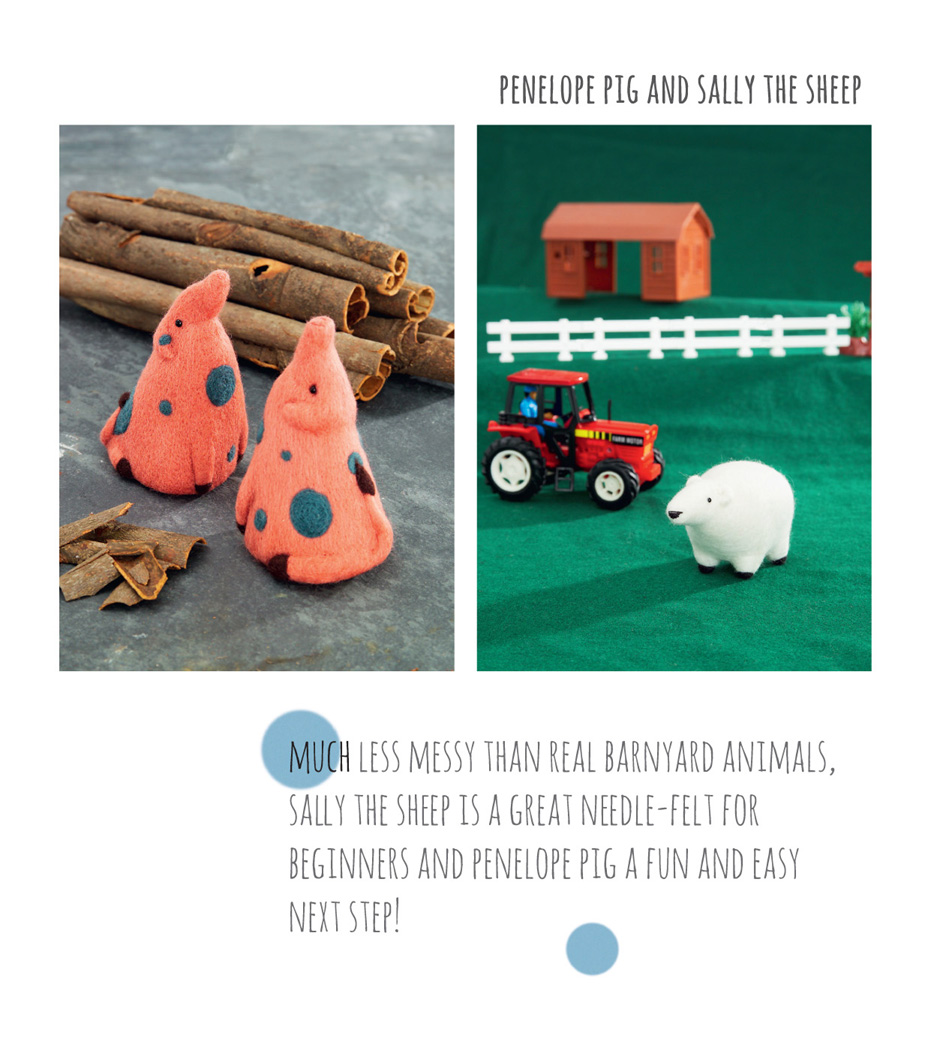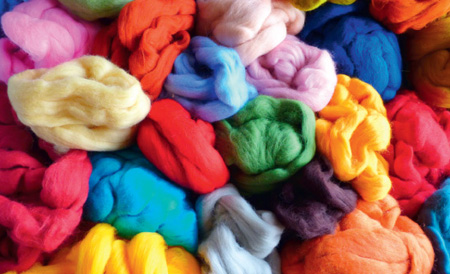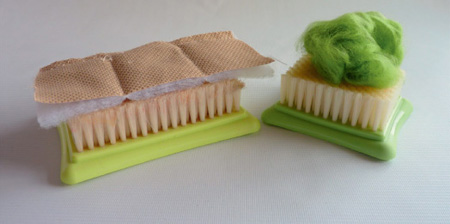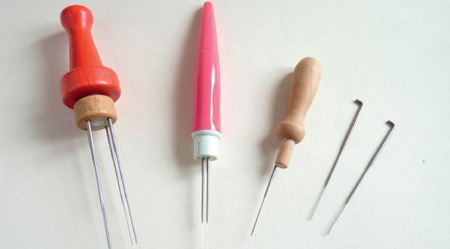LITTLE NEEDLE-FELT ANIMALS 2014 by Gretel Parker
All rights reserved under International and Pan-American Copyright Conventions. By payment of the required fees, you have been granted the nonexclusive, nontransferable right to access and read the text of this e-book on-screen. No part of this text may be reproduced, transmitted, downloaded, decompiled, reverse-engineered, or stored in or introduced into any information storage and retrieval system, in any form or by any means, whether electronic or mechanical, now known or hereinafter invented, without the express written permission of HarperCollins e-books.
Published in 2014 by:
Harper Design
An Imprint of HarperCollinsPublishers
10 East 53rd Street
New York, NY 10022
Tel (212) 207-7000
harperdesign@harpercollins.com
www.harpercollins.com
Distributed by:
HarperCollinsPublishers
10 East 53rd Street
New York, NY 10022
Library of Congress Control Number: 2013952641
ISBN: 978-0-06230081-2
EPUB Edition MARCH 2014 ISBN 9780062353900
Cover and interior design by Joanna Macgregor
Cover and interior photography by Simon Pask, with the exception of step-by-step photography by Gretel Parker
This book is dedicated to the life and dear memory of Andy Macauley, 19712013. My forever love.
CONTENTS
I discovered needle-felting five years ago, when someone sent me a kit as a present. At first I was confused; what was it? How did it work? But from the moment I began stabbing and shaping the wool, I knew that here was my craft. My first piece was a toy rabbit based on one of my own paintings. The delight of making a small creature that could sit in the palm of my hand was captivating, and needle-felting soon became my day job. There is something magical about taking a simple length of wool roving and sculpting it into a three-dimensional form. Its a craft that doesnt require you to memorise stitches or use expensive tools. You just pick up a couple of felting needles and begin. It is lap friendly, and the kit is easily carried around.
When I started out, needle-felting was still fairly unknown in the UK, but word has spread and more people are discovering it every day. The patterns in this book range from the very easy to the more challenging, and I hope there is something for everyone to try. I am thrilled to be given this opportunity to share my designs and techniques with a wider audience and hope that it encourages many more people to enjoy this unique and versatile craft.
Make sure you have all the tools and materials you need before you get started with needle-felting. With each pattern I recommend how many needles and what size to use for the best finish, but work with whatever you feel comfortable with.
Wool
You can use any wool to needle-felt coarser wools stick together more quickly, but I always use merino as it gives me the fine, tight finish I prefer. Roving (or tops, as it is also known) comes in long lengths that are usually about 4cm wide.
The measurements of wool that I give in the patterns are fairly precise, but dont worry if you are a bit over or under; things usually turn out fine, Ive found.
Felting Sponges and Mats
Always work on a protective sponge or brush mat, especially when beginning a piece of work. If you try needle-felting on your lap without a mat, you will stab yourself as well as your work, which is very painful! Felting sponges should be firm and tight-grained. If you are unsure whether needle-felting is for you, buy sponge for cheapness. For longevity, though, invest in a felting brush mat, which will last for years. I recommend covering the bristles with a thin, smooth textile covering, otherwise the wool sticks directly to the brush.
Needle Holders
There are all kinds of holders for needles. The one I use all the time is the pen holder because it holds the needles very close together, making it more efficient in matting the wool and better for small projects. Other kinds work well, too, and are preferable to simply holding a needle in your hand, which can cause cramps. The fitting end of all needles is the same (see the needles on the right in the photograph) and fits any holder.
Needles
Needles come in a variety of sizes and shapes: the larger the needle size, the finer it is. They range in size from very thick (size 32) to ultra fine (size 43). The needle stems can be cross-shaped, star-shaped, spiral or triangular (the most popular).
I dont use many types of needle. The majority of my work is made with one or two size 40 triangular needles, though I also use sizes 42 and even 43 for surface finishing. While its tempting to try larger gauge needles for quickness, they are not as effective with fine wools such as merino. The really important thing to remember about any size of felting needle is that they are very sharp, so be careful when you are working! They are also very thin, so if you stab too hard or bend them too far, they will snap.

